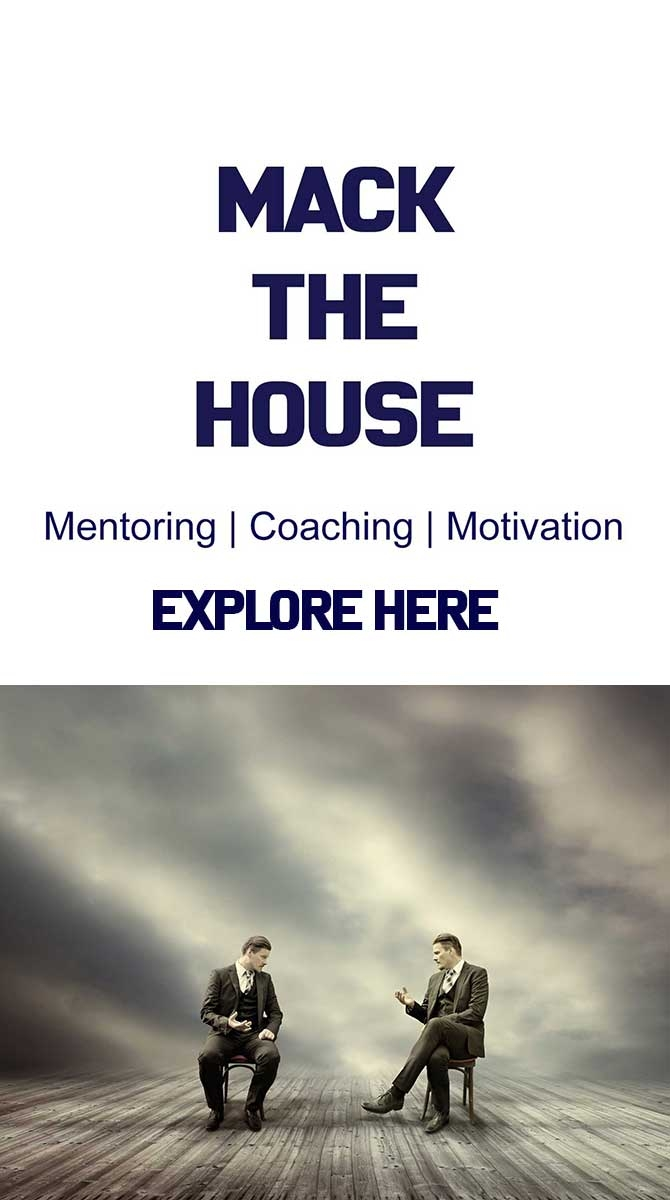Mindfulness is the intentional act of giving your full attention to the present moment without judgment. It is a powerful tool that can help teenagers to be more aware of their thoughts and emotions, and that greater understanding can open doors to new options. There are many activities that can be done consciously, such as exercising, painting, coloring and fishing, as well as specific mindfulness exercises and techniques that are suitable for teens, such as rapid breathing, down-to-earth posture, and body explorations. The breathing exercise is a classic mindfulness activity, which normally refers to manipulating the breath on purpose while consciously focusing on it.
This particular activity refers to deep, slow breaths (sometimes called abdominal breaths) that use the diaphragm. This helps the body to relax. Progressive muscle relaxation refers to tightening and releasing specific muscle groups. For example, squeeze your shoulders up to your ears; tense your neck and shoulders as much as possible.
Count slowly to three and release all that tension. Now continue with all muscle groups, including the hands, arms, chest and stomach. You can make larger or smaller muscle groups depending on your preferences. There are many types of meditation, which usually involve maintaining a physical position and paying attention to something, such as breathing, a mantra, or physical sensations.
When your mind wanders and without prejudice, return it to that point of attention. Meditating may be uncomfortable at first and may not be appropriate for years. If you feel too uncomfortable, it's OK to use other mindfulness activities. The 5-4-3-2-1 exercise brings teenagers, or people of any age, back to the present moment through all their senses.
Keeping a diary can be absolutely conscious, especially when you give it your full attention without judgment. Keeping a diary can be done as a “free writing”, in which you write whatever you can think of without editing or censoring. Prompts can also be used to guide writing toward specific topics. One accessible mindfulness activity is coloring. Coloring can bring a sense of creativity and joy to mindfulness.
To make this a conscious activity, pay all your attention to coloring. When the mind wanders, return it to color gently and without prejudice. Listen to your favorite song with all your attention. You can close their eyes and hear everything.
You should also try to notice how music makes you feel. For a bite-sized mindfulness activity, try eating a fruit or candy with attention. Use a clementine as a starting point; observe the color and texture of the fruit; peel it slowly; notice the smell. Take a bite and slowly examine what it's like to eat it. Mindfulness is most effective when practiced regularly.
Sometimes it can feel like a lot of work to stick to a new habit. To do this, you may need to identify the type of mindfulness you enjoy and figure out how to make it sustainable for you. As a beginner in mindfulness, this may mean experimenting with different approaches. Mindfulness activities can be a wonderful tool for helping teens manage their emotions and the chaotic, stressful nature of their lives. Fortunately, there are plenty of tools for mindfulness so that everyone can find something that's right for them.
Education is just the first step on our path to better mental health and emotional well-being. To help our readers take the next step in their journey, Choosing Therapy has partnered with leaders in mental health and wellness such as BetterHelp which offers virtual psychiatry for children and adolescents (from 6 years old) with medication management with psychotherapy; Teen Counseling which provides online talk therapy for teens (ages 13 to 19); Innerwell which uncovers the root cause of suffering with homemade psychedelic medications; and Free Online Screener which strives to provide readers with mental health content that is accurate and practical. Mindfulness activities are an excellent way for teenagers to learn how to manage their emotions in difficult times while also developing concentration skills in today's fast-paced media world. Different activities have different benefits; some can encourage relaxation while others can promote awareness. It's okay to start being aware by trying a variety of techniques to see which ones fit best for you. Mindfulness activities that fit your needs can be done on a daily basis in order for them to be effective.












